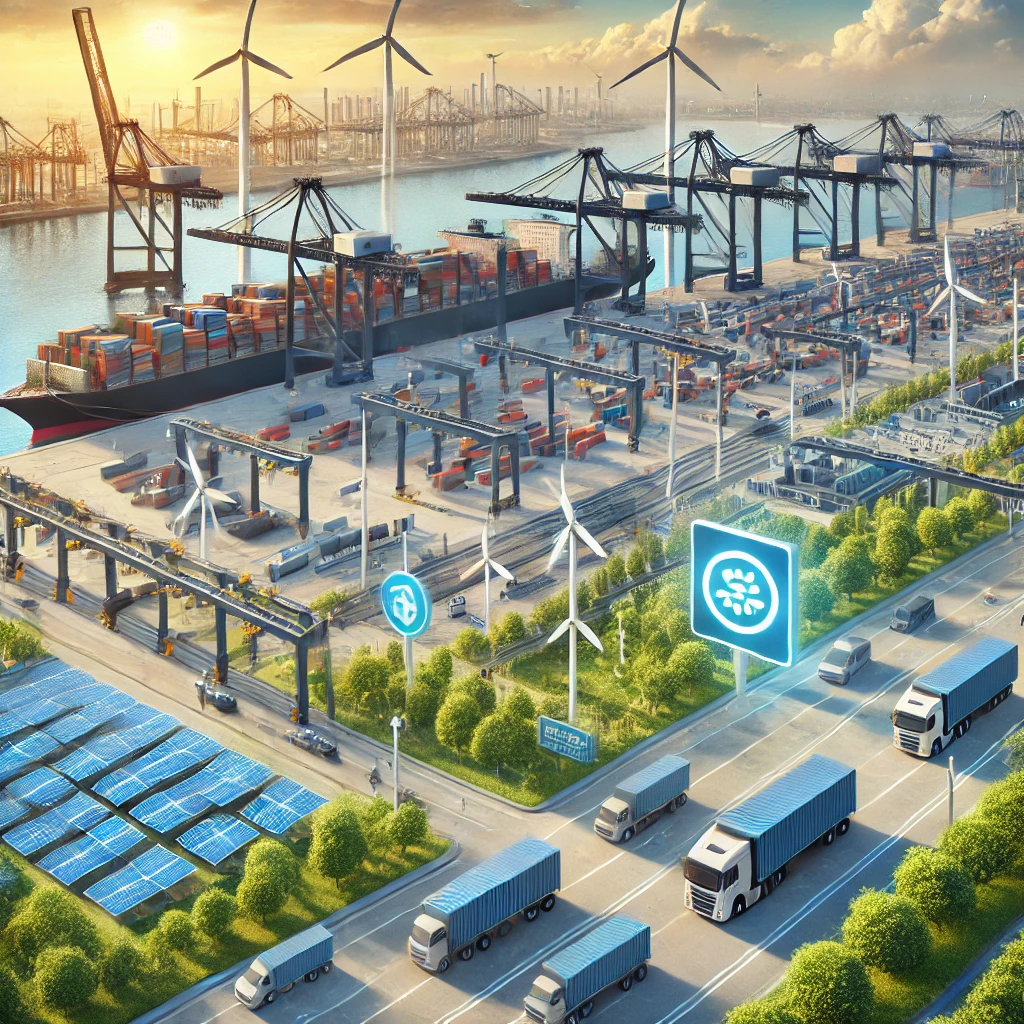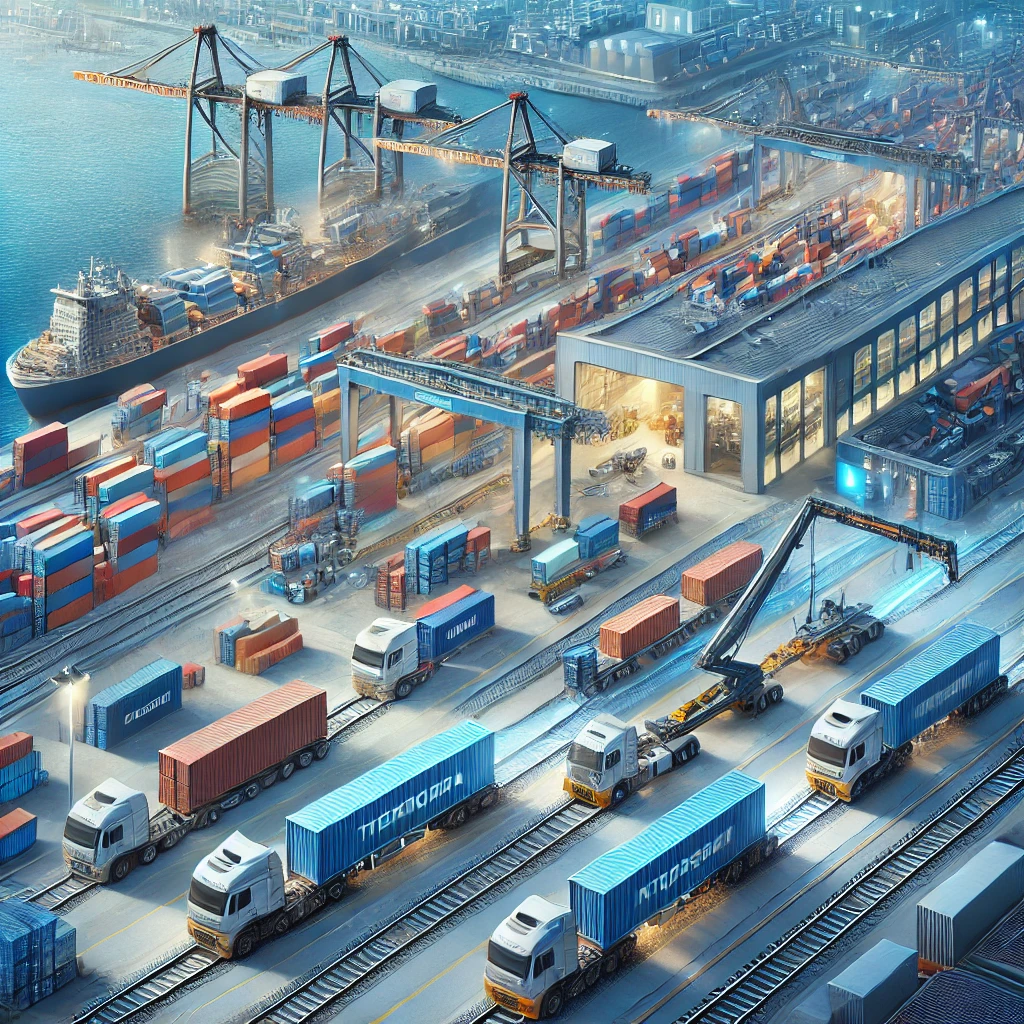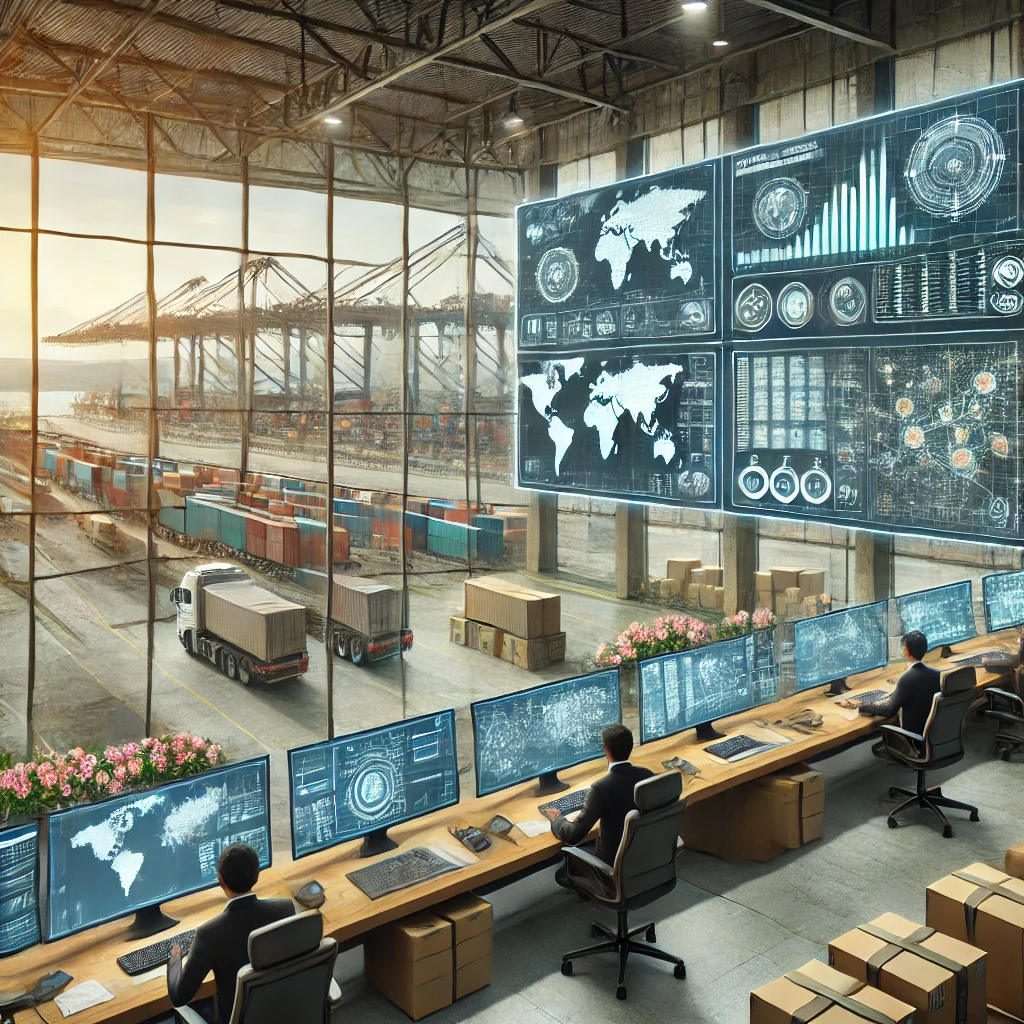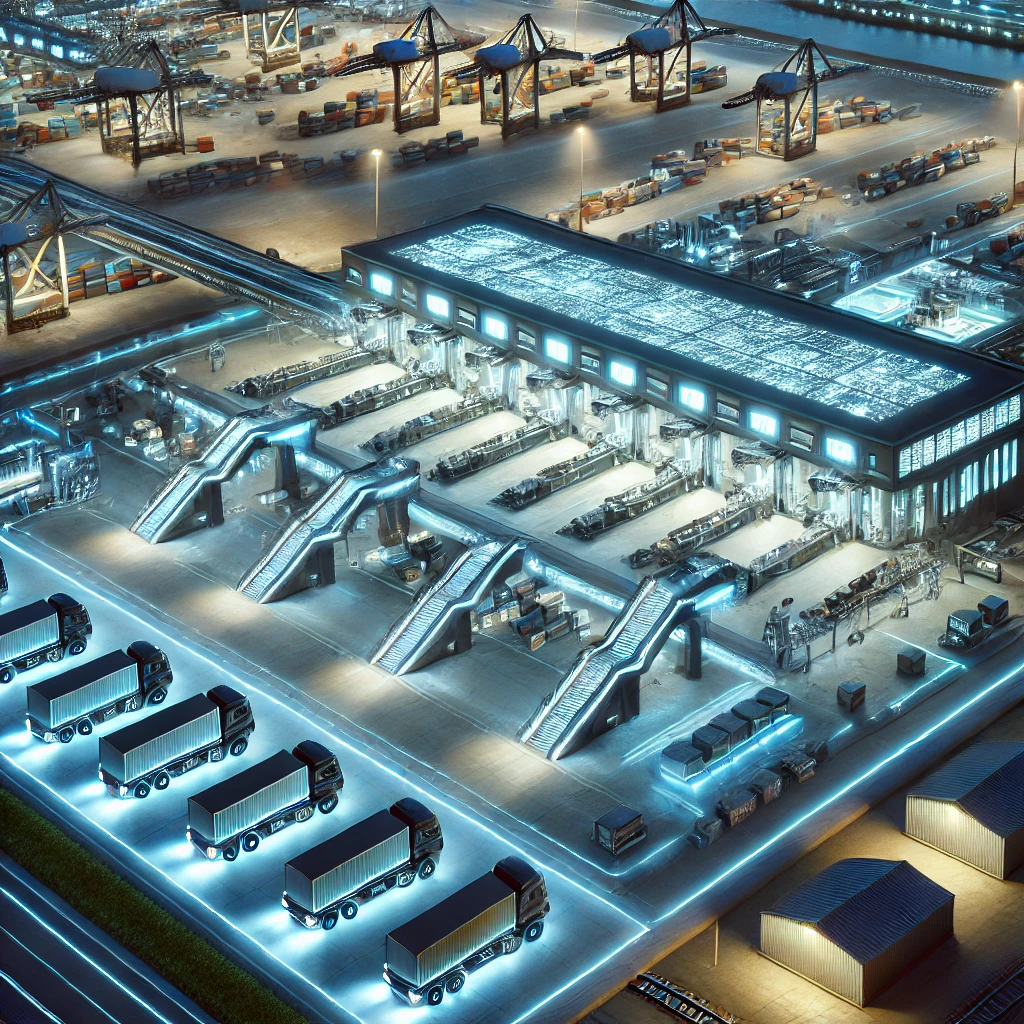Key Insights on Its Terminal
An "ITS terminal" is a critical component in modern transportation and logistics systems, designed to enhance efficiency, connectivity, and productivity in managing cargo and passenger operations. Whether in a port, rail yard, or airport, ITS terminals play a pivotal role in streamlining the flow of goods and people. This article provides a comprehensive overview of ITS terminals, focusing on their key features, practical applications, and importance for professionals and businesses in the transportation and logistics sectors.

What is an ITS Terminal?
The term “ITS terminal” often refers to integrated with Intelligent Transportation Systems (ITS). These systems use advanced technology to optimize operations, improve communication, and ensure safety. ITS terminals can be found in various transportation hubs, including:
- Shipping Ports: Handling cargo and container operations.
- Rail Terminals: Managing freight and passenger train schedules.
- Airports: Facilitating baggage handling and passenger boarding.
Key Features of ITS Terminals
- Advanced Technology Integration:
- Automated Systems: Include cranes, conveyors, and robotics for cargo handling.
- IoT Connectivity: Sensors and devices for real-time monitoring and data collection.
- GPS and Tracking: Ensures accurate location tracking of goods and vehicles.
- Efficient Communication Tools:
- Digital Platforms: Centralized systems for managing schedules, bookings, and inventory.
- Real-Time Alerts: Notifications for delays, weather updates, and operational changes.
- Safety and Security Measures:
- Surveillance Systems: Cameras and monitoring tools for enhanced security.
- Access Control: Biometric or RFID systems to regulate entry and prevent unauthorized access.
- Sustainability Features:
- Energy Efficiency: Use of renewable energy sources like solar panels.
- Emission Control: Systems to monitor and reduce carbon footprints.

Practical Uses of ITS Terminals
- Cargo Handling:
- Streamlining the loading and unloading process with automated cranes and vehicles.
- Real-time inventory tracking to minimize errors and delays.
- Passenger Operations:
- Airports use ITS terminals to manage check-ins, security screenings, and baggage handling.
- Rail leverage ITS to coordinate passenger schedules and minimize wait times.
- Fleet Management:
- ITS provide centralized control for dispatching and tracking fleets across various modes of transportation.
- Intermodal Connectivity:
- ITS terminals act as hubs connecting multiple transportation modes, such as rail, sea, and road.
Importance of ITS Terminals
- Operational Efficiency:
- Reduces delays and optimizes resource allocation, improving overall productivity.
- Cost Savings:
- Automating processes reduces labor costs and minimizes errors, leading to significant savings.
- Enhanced Safety:
- Advanced monitoring systems ensure the safety of both goods and personnel.
- Environmental Impact:
- Sustainable practices and energy-efficient technologies contribute to greener operations.

Challenges in ITS Terminal Operations
- High Implementation Costs:
- Setting up an ITS requires substantial investment in technology and infrastructure.
- System Integration:
- Integrating ITS with existing systems can be complex and time-consuming.
- Cybersecurity Risks:
- Increased reliance on digital systems makes ITS vulnerable to cyberattacks.
- Skill Gaps:
- Operating and maintaining ITS terminals requires skilled personnel, which can be a challenge for some organizations.
Innovations in ITS Terminals
- AI and Machine Learning:
- Predictive analytics for demand forecasting and operational planning.
- Blockchain Technology:
- Ensures secure and transparent data exchange across the supply chain.
- Autonomous Vehicles:
- Integration of driverless trucks and drones for cargo movement.
- Digital Twins:
- Creating virtual replicas of terminals to simulate and optimize operations.

Conclusion
ITS terminals are at the forefront of revolutionizing transportation and logistics. By integrating advanced technologies and sustainable practices, these provide a robust framework for efficient and safe operations. For professionals and businesses, understanding and leveraging ITS terminals can lead to significant competitive advantages, improved customer satisfaction, and long-term success in the rapidly evolving world of logistics and transportation.
